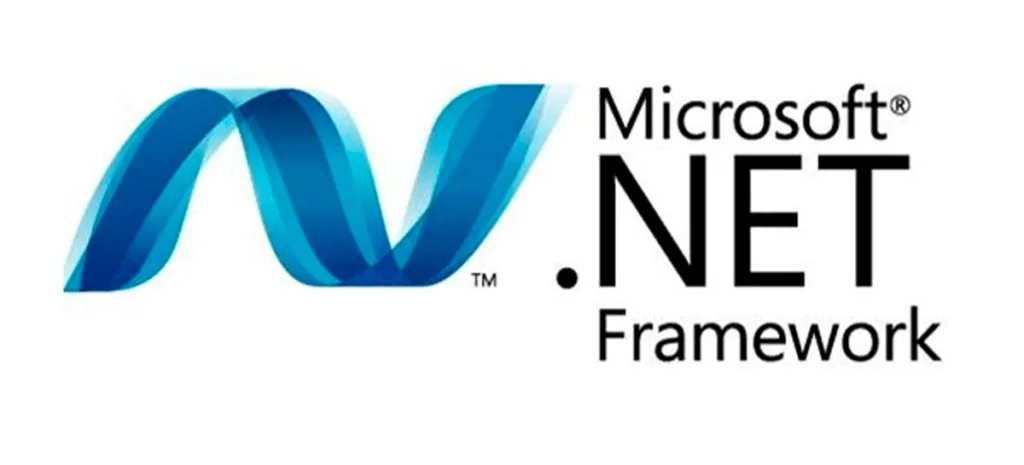Protecting Users - with Intent
Ask anyone tasked with search engine optimization or user experience, and they will tell you that user intent is everything. While we leverage this data for many of our business decisions, we don’t use it enough for security.
We all know that current authentication and authorization processes are broken. We have bolted on security mechanisms like multi-factor authentication (MFA) and tried to assess behavior and other contextual information to provide additional protections for our users, but it obviously is not working. Also, many users do their best to avoid additional controls due to the complexity and inconvenience.
Tapping into User Intent
We need to rethink authentication and even some of our authorization decisions. Passwordless authentication is a good option for rethinking authentication. However, there may be a simpler option that is more intuitive for users. It starts with tapping into a user’s intentions.
If we knew exactly when a user planned on using their credentials, we could enable them for the minute or two they need to log in and then once they are granted a session, we can turn them off again. For most users this would mean they would only need to enable their username and password a few times a day at most. So, if we assume the user logs into an application 3 times a day and the authentication process takes an average of two minutes (which is being generous), then the user’s credentials would need to be active 6 minutes during that day or around 4% of the time. Which means that 96% of the time the credentials would be invalid.
If my credentials are only valid 6 minutes a day, how much less effective would brute force and password spraying attacks be for my account. If most of the other users are similarly disabled most of the time, would these attack techniques be worth the time and expense for threat actors?
How our JIT Identity solutions solve the problem
Next Level3’s JIT Access stands at the forefront of innovative MultiFactor Authentication (MFA) and Identity Verification technologies. By aligning with the revolutionary Zero Trust security principles, JIT Access combines advanced MFA techniques and biometric identification to provide a robust security shield for your AWS environments, remote devices, and medical devices.
This advanced approach safeguards against unauthorized intrusion and potential security breaches, helping to secure IoT devices and ensure the integrity of secure medical devices.
Attack Techniques – Mitre Attack Technique
Attack techniques (with Mitre Attack Technique reference) prevented or rendered less effective if NL3 status checks are implemented pre-authentication:
- Gather Victim Identity Information: Credentials (T1589)
- Username enumeration (T1589.001)
- Brute Force (T1110)
- Password Guessing (T1110.001) o Password Spraying (T1110.003)
- Credential Stuffing (T1110.004)
- Phishing (see explanation below – T1534, T1566)
For those keeping track, that is 1 of 3 techniques for gathering identity information and 3 of 4 techniques for validating or brute forcing credentials. The only other technique for brute forcing credentials requires offline access to credential information. For phishing, the protection would be limited to credentials or protected actions.
The initial attack may not be thwarted since the user may choose to unlock their account before providing credentials. However, if the attacker does not use the credentials immediately, there is a chance that the account will be locked by the time they try to leverage them.
Even if the attacker is successful in leveraging the phished credentials while they are unlocked, the user will be alerted of a login for which the details may not look legitimate. Also, after this initial access, if the attacker does not maintain the session, they will not be able to use the credentials to log in again if locked.
Furthermore, if the attacker uses the phished credentials to attempt to log into other applications, those logins will not be successful if the accounts are in a locked state and the user will get notified of the attempts.
While Next Level3 cannot stop certain relevant threats such as ransomware, malware, etc., the framework provides alerts directly to end users which may help the organizations discover these threats faster and reduces impact by preventing the use of discovered credentials and protecting sensitive actions. Protected actions can also significantly reduce insider threats. Especially when used with time-based or multi-approval policies.
Automatic push attack aware protection without codes





Use your existing mobile or web FIDO2 supported devices





Why choose Next Level3?

JIT Access
Passwordless Identity seamlessly connected to your existing identity infrastructure.

JIT Policies
Redefine account control for your organization solving critical internal use cases.

JIT Approvals
Enable customized approvals for any application action preventing fraud and extending biometric protections into your application use cases.

